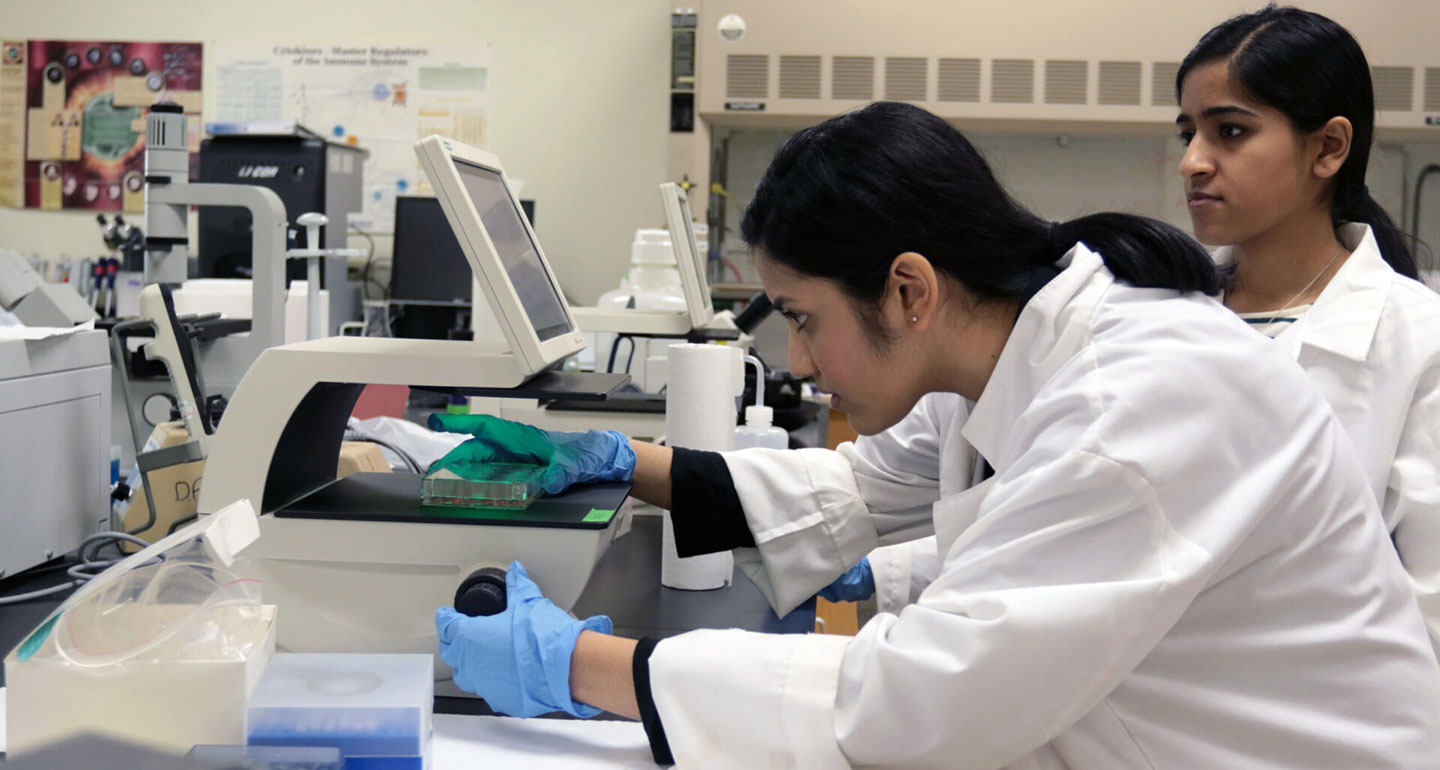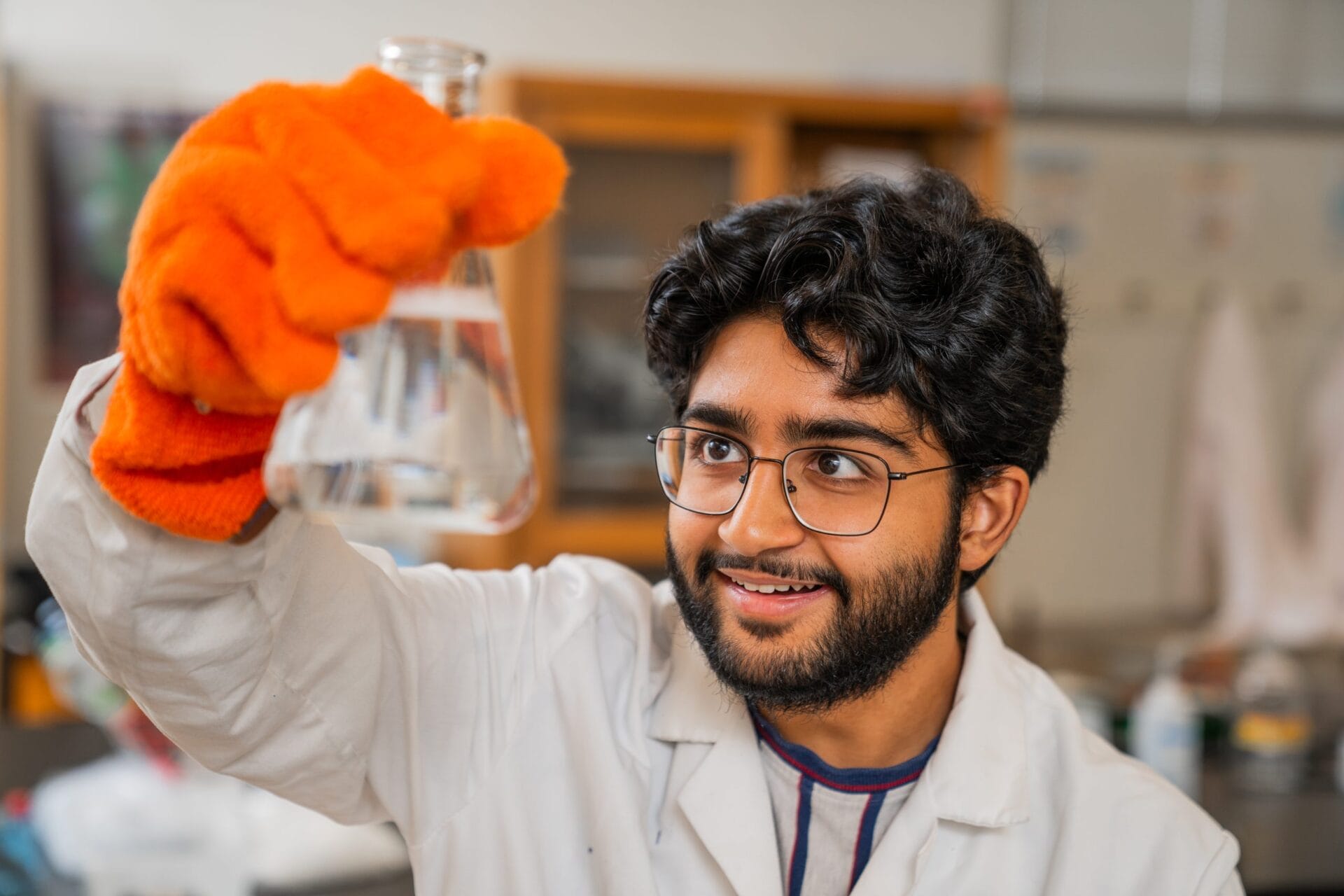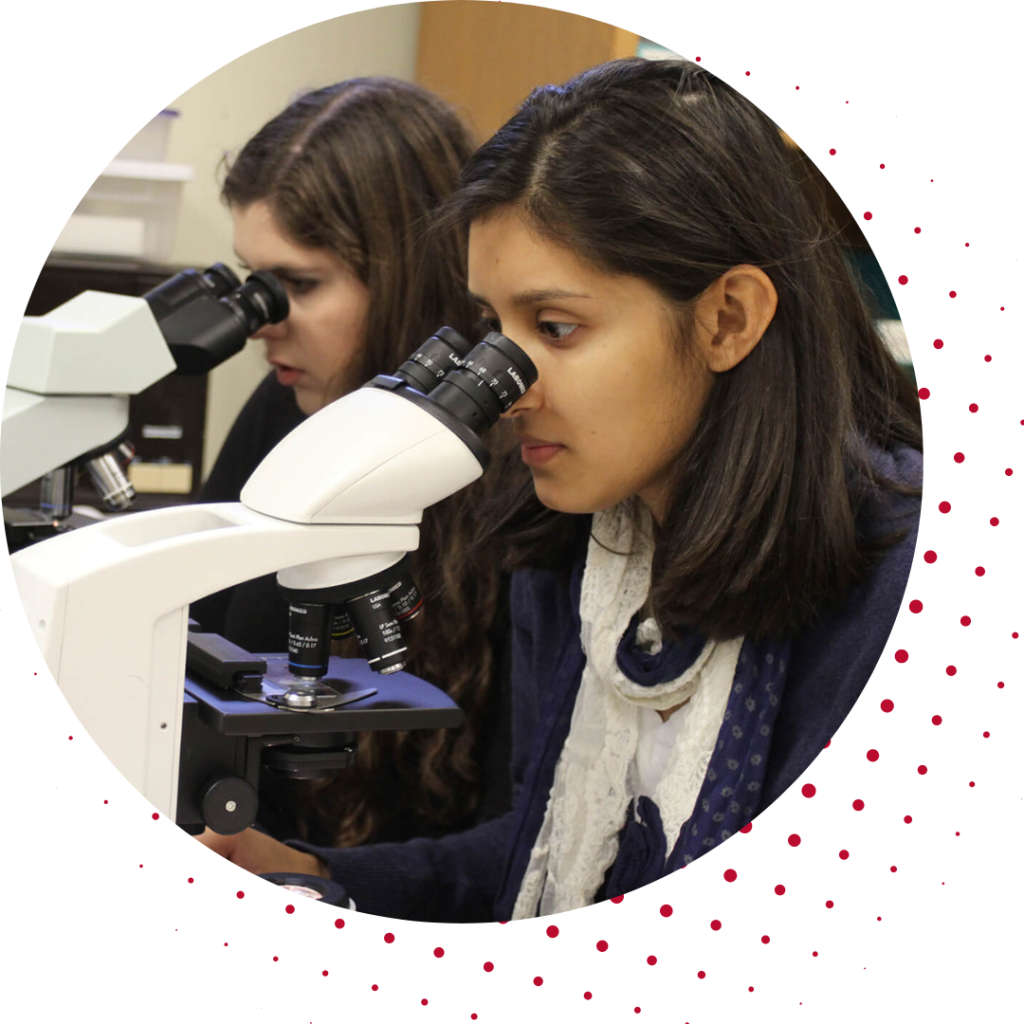
College of Science and Health
BenU is a top private university in the science and health disciplines.
The College of Science & Health at Benedictine University offers 25+ undergraduate and graduate degree programs that provide you with the knowledge and skills needed to find a rewarding career.
Our nationally recognized faculty enjoy engaging students at all levels in investigative research in their laboratories, often presenting their work at national professional conferences.
Our expert professional and faculty advisors will help you identify your strengths and passions, and explore our majors and program options so you can make an informed decision about the best course of study for you.
The College of Science & Health has an excellent record of placing students in their first career positions, medical and other health care professional schools, and graduate master’s and doctoral programs.
Our Mission
Is to prepare future scientists and healthcare practitioners for careers in service to humanity and the common good. Inspired by Benedictine values and committed to academic excellence, we engage students in transformational education that incorporates impactful research and experiential learning opportunities.
Our Vision
Seeks to provide the highest quality science and health education through innovative teaching and learning practices. As a welcoming, diverse, and inclusive community, we conduct valuable research, discover new knowledge, and develop solutions that address the greatest challenges of the 21st Century.

Did you know?
100% of 2023 MSN Program graduates surveyed were employed 12 months after graduation.
Pre-Professional Advising & Support
BenU’s College of Science and Health offers academic support and advising to students who plan to apply to professional programs following graduation.
A pre-professional advisor can help you:
- Plan your coursework to complete prerequisites
- Find internships and professional development opportunities
- Prepare for standardized tests
- Select and apply for programs
If you’re planning to attend a professional school after graduation, working with a BenU pre-professional advisor can help you reach your goal.


Student Research Opportunities
Explore your interests in-depth while gaining valuable skills.
Faculty-led research opportunities are available in every department. Participating students work closely with their mentors as they turn theory into practice, exploring the most pressing questions in their chosen fields.
Why Study at BenU’s College of Science and Health
In-Demand Skills
Be ready to jump into your career after graduation by learning skills and tech knowledge needed for success in your chosen field.
Hands-On Experience
Internships, clinical partnerships, research opportunities, and our Student Learning Assistant Program provide practical learning opportunities.
Career Guidance
No matter which path you choose, we’re here to guide you toward a rewarding career.
Financial Resources
Calculate Your Cost
Use this tuition calculator to determine your estimated college cost.
Scholarship Opportunities
Explore scholarship opportunities that can help fund your education.
